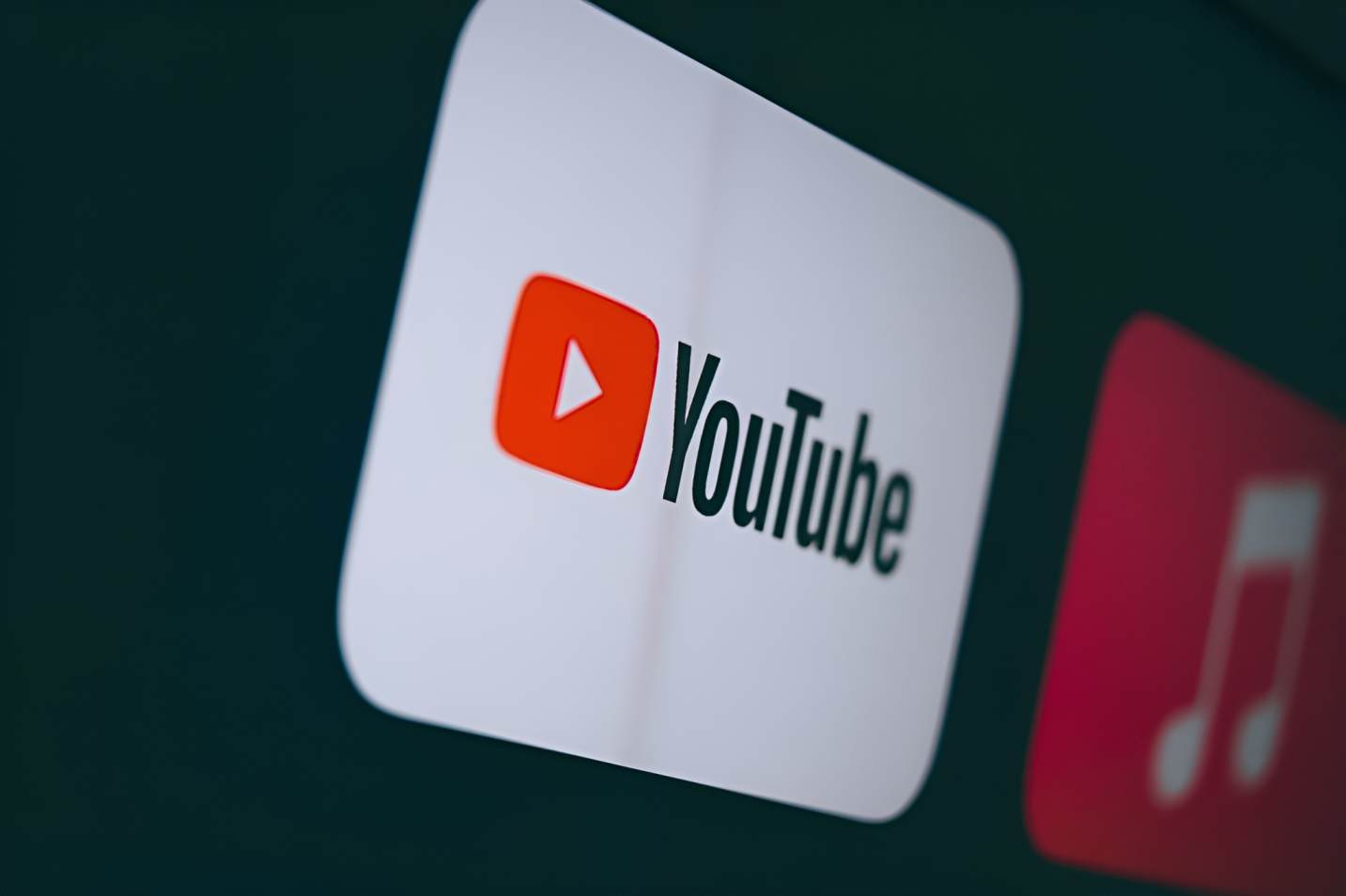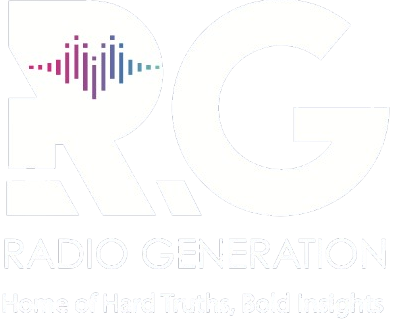YouTube will no longer allow monetization of videos created using artificial intelligence, a move aimed at encouraging originality and protecting the work of human creators.
In its latest update to the YouTube Partner Program (YPP), the platform said content made using synthetic voices or visuals, reused material, or low-effort compilations will no longer qualify for ad revenue.
The new rules take effect from July 15, 2025.
The update now requires creators to submit original content, use real human voices, and show creativity and personal input in order to remain eligible for monetization.
According to YouTube, the change reflects the platform’s continued effort to keep the Partner Program focused on authentic storytelling and genuine engagement.
“In order to monetize as part of the YouTube Partner Program (YPP), YouTube has always required creators to upload ‘original’ and ‘authentic’ content. On July 15, 2025, YouTube is updating our guidelines to better identify mass-produced and repetitious content. This update better reflects what ‘inauthentic’ content looks like today,” the platform said in a statement.
The changes target content that offers little to no human input, including fully AI-generated videos, repetitive compilations, reused or recycled clips with no added value, and videos with synthetic narration.
Automated clips showing only static visuals paired with AI-generated audio are among the formats YouTube will now consider ineligible for monetization.
YouTube Insider Rene Ritchie clarified that the policy is not entirely new but a clearer reinforcement of what has already been in place.
“This is a minor update to YouTube's longstanding YPP policies to help better identify when content is mass produced or repetitive. This type of content has already been ineligible for monetization for years, and is content viewers often consider spam,” he said.
YouTube, however, noted that the new policy does not ban the use of AI altogether.
Creators can still use AI tools to support their content, but the final output must include original commentary, creative storytelling, or meaningful human involvement.
To stay monetized, creators must now show originality by including insights, analysis, personal experiences, or a behind-the-scenes look at their creative process.
Content that lacks a personal touch or is heavily reliant on AI without any added human value will be denied monetization.
The platform will also begin requiring creators to disclose any realistic content that has been altered using AI or synthetic media. This means creators must be transparent when their work includes AI-generated elements, especially if it may appear real to viewers.
This new direction marks a clear shift in YouTube's approach to AI content, prioritizing quality, transparency, and human creativity.
As more creators adopt generative tools, the platform is drawing a firm line between inspiration and automation — and putting ad revenue behind those who bring original voices and ideas to the screen.

